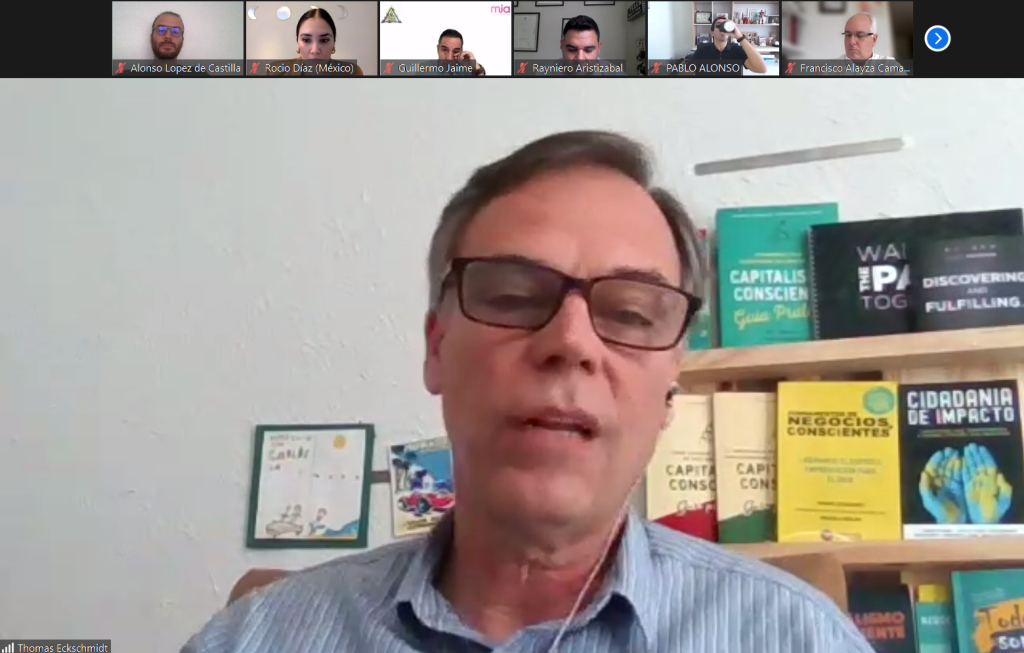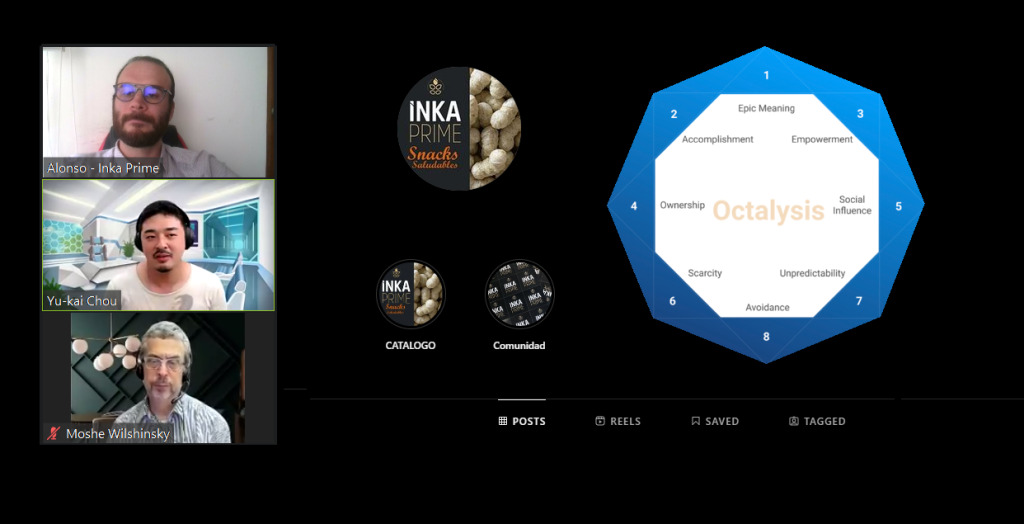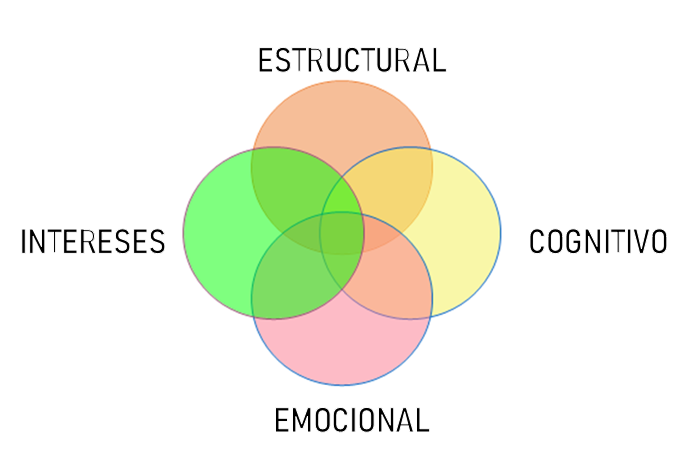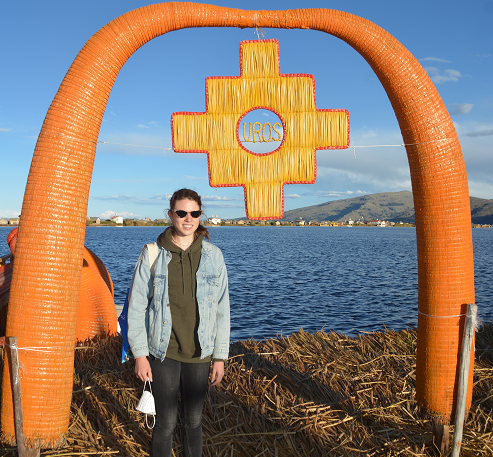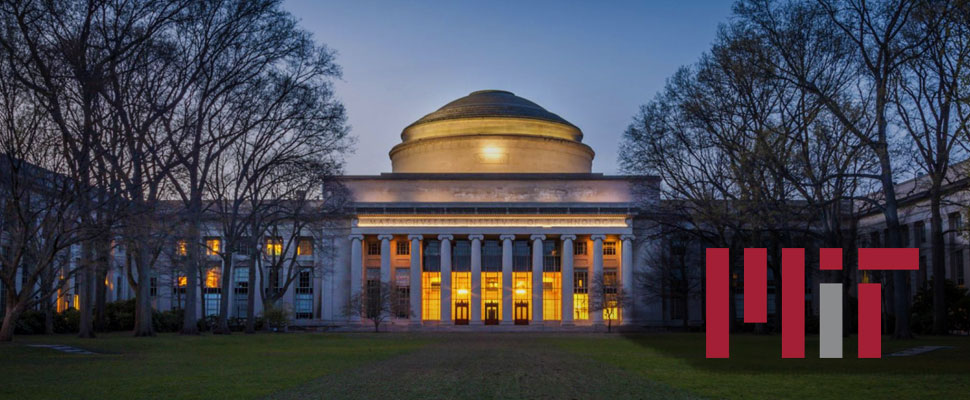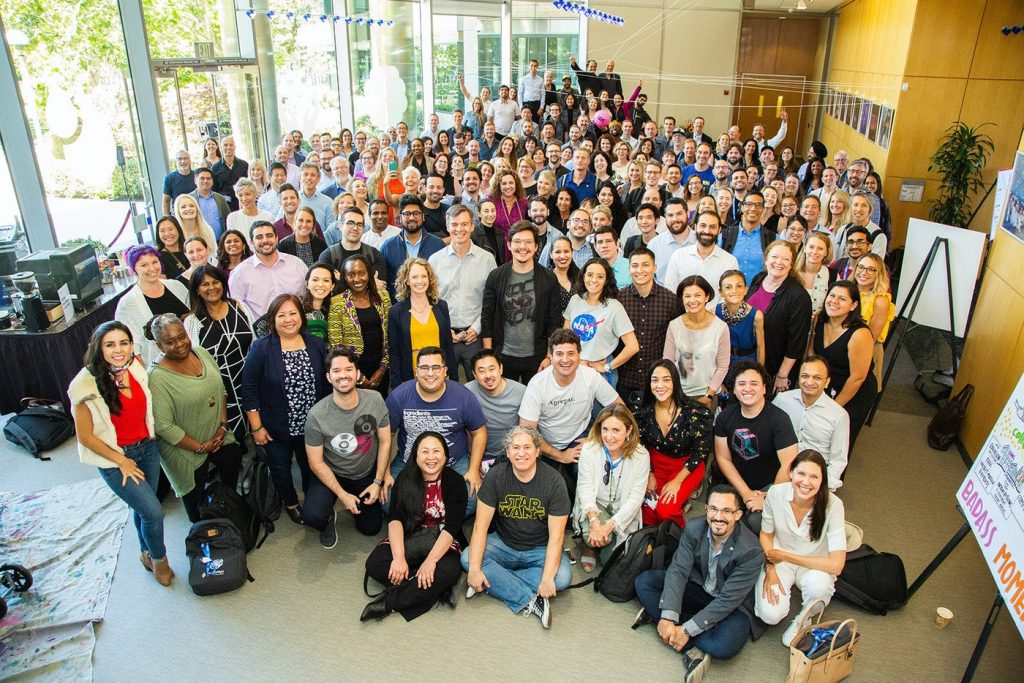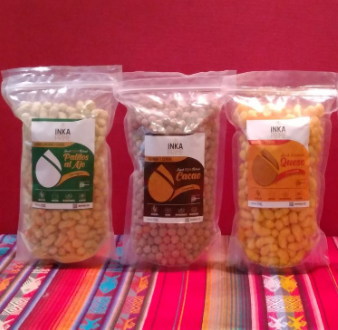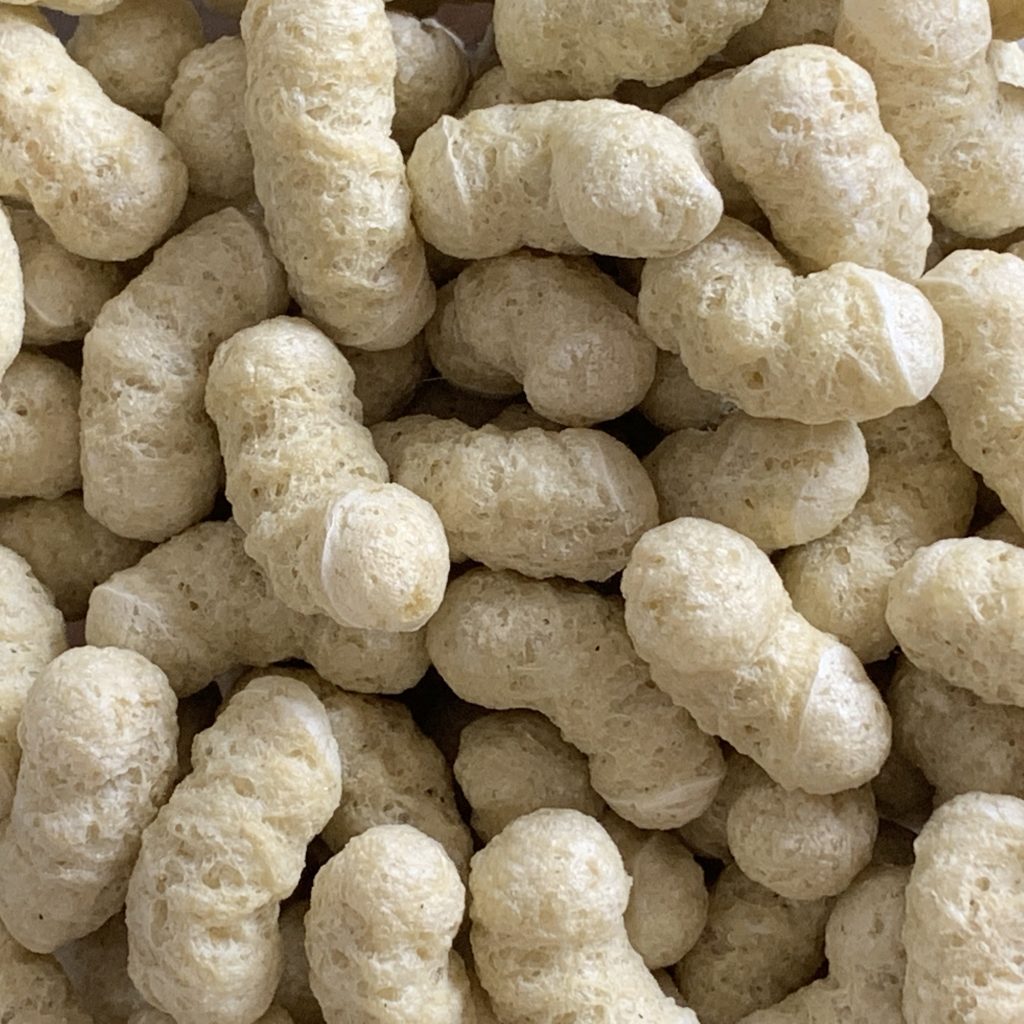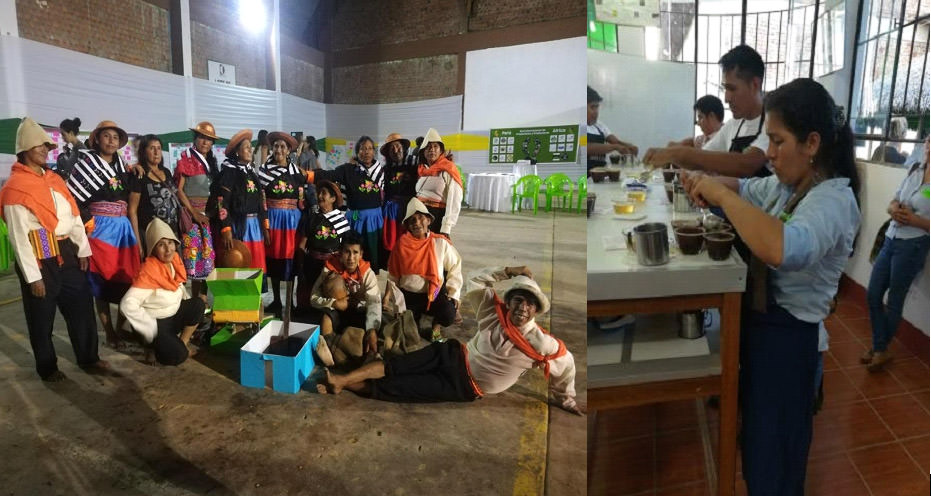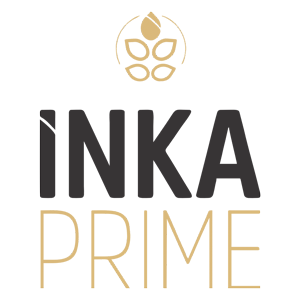My name is Friederike Sophie, I was born and raised in Berlin, Germany, and I am working with INKA PRIME since MarchJ Please keep in mind that this article does not contain a lot of information about our work. Instead, it is focused on my own travel experience in Puno.
Last month we visited Puno, near Lake Titicaca to meet with partners, such as privates, farmers and provincial government authorities. Before the trip started, I was extremely excited, as I was going to see for the first time in my life the Lake Titicaca.
Our trip started at 5:55am in Lima. From there we flew to Juliaca which is the capital of Puno. From Juliaca we took a Bus to Puno city, located directly next to the Lake Titicaca. When I first saw the lake my heart started to beat faster. I was overwhelmed!
Once in Puno, we found a beautiful Hotel to stay with a nice view to the lake. Unfortunately, I got “soroche” for the first time in my life. Soroche is the Mountain sickness, that you can get when your body is not used to an altitude of nearly 4.000 meters! Normally you can drink coca tea, in order to calm this sickness. So our host made us like 1 liter of this tea.
After that, we went to explore Puno. It is a beautiful place, very clam and small. Spontaneously, we decided to go by boat to the Uros. Floating islands made of cattail, an aquatic plant that grows on the surface of Lake Titicaca. When we got there, the inhabitants of the islands welcomed us, and showed us their houses, as well as their handmade art. I couldn´t resist and bought a lot of those beautiful handmade fabrics.
Did you know why Lake is called Titicaca? The name literally translates to “grey puma”. According to the legend, the first Inka emperor came down to earth on a grey rock to the Island of the Sun, or Lake Titicaca. It is said that the shape of this rock on which he descended looked like the head of a puma, hence the name translates to grey puma.
Our main stop was the central island of the Uros (they have a lot of small ones), where we ate the famous fried cheese with purple potatoes. It´s very delicious, you should try it! As I was suffering still from soroche, I drank again tea of coca and muña. Muña is another special herb, which only grows in high altitudes. On the way back, we the city of Puno illuminated by a beautiful sky with thousands of stars.
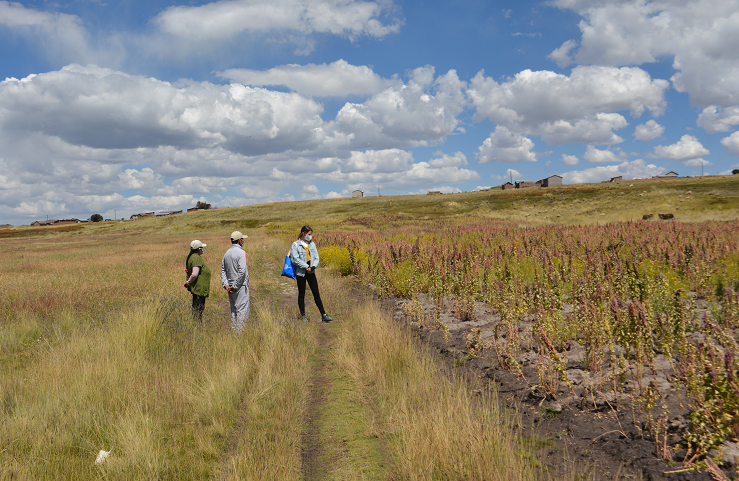
Next day, we got up early and left the Hotel early to visit the quinoa cooperative COOPAIN CABANA. We ate a quick breakfast in the main market, right next to the university of Puno. I was really surprised that people in eat fish soup for breakfast. At first, I didn´t want to, but then I tried it and liked it. It was good, but I still prefer coffee and croissant for breakfast. Afterwards, we were surprised to find many teachers with megaphones at the entrance of the University, manifesting against the closure due to covid: “Fear never again, yes to education!”
Later on, we went by bus to Juliaca, and then took another small bus, called “micro”, to Cabana, where the cooperative is located. Once there, Domingo, the Manager, and Chela, one of the cooperative leaders welcomed us. They told us how and when the cooperative was founded: around 2010. That quinoa was sown in September, and that the harvest just started in March or April. Luckily, we were on harvest time.
Shortly after that, we presented Inka prime, and offered them some of our favourite snacks, the cheese and achiote flavoured. It turned out that they loved them, and that they are looking forward to work with us on future projects, about added value products and sustainability.
Afterwards they took us on their motorbikes to the quinoa fields. The motorbike trip was the funniest and nicest thing I have done for a long while. It felt so peaceful and free to drive through the fields, with the wind in my face. I went with Chela, and Alonso, CEO of Inka Prime, went with another member of the cooperative. Once there, we saw the white quinoa plants almost ready to be harvested. It surprised me that the white quinoa plants were red. According to the farmer the quinoa turns white after the harvest.
Shortly afterwards we met one of the farmers. Her name was Nicolaza. She really loves her work in the fields and seemed extremely happy with her life. Unfortunately, she told us that the Peruvian government was not helping her enough. Furthermore, she told us that the whole process is very hard, as it is handmade and one hundred percent natural. I was happy to hear that she eats a lot of quinoa, for breakfast, lunch, and dinner. She also prepares it as quinoa juice for her children. What struck me most was her happiness; she radiated an energy of tranquillity and peacefulness.
Unfortunately, we couldn’t stay any longer in the fields, so we went back to Juliaca to have something to eat: A massive brown soup. I was surprised that there was so much meat in it. Regrettably, I was not able to eat the whole dish. Afterwards, we returned to Puno, Alonso had to teach his university classes, and I stayed in the hotel doing some research. In the evening we just drank coca tea again to calm the soroche and then fell asleep after that long and successful day.
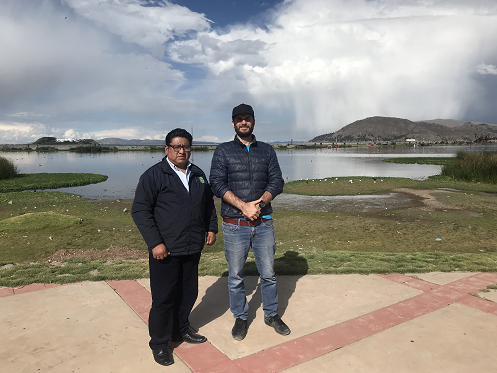
On Thursday morning we wanted to leave early to get to Taquile Island. Unfortunately, we couldn´t go as I was still suffering of soroche. Later on, we went out to look for a nice “cevicheria” next to Lake Titicaca.
After that, we had a meeting with Marco Martinez, Director of Agricultural Competitiveness of the Regional Government, by the lakeside, in order to talk about future joint projects. We found that quinoa still needs a lot more promotion worldwide, and that Puno has a lot of production potential. I was really happy that there is a volition to work together.
After the meeting we walked along the boardwalk, until we got to the Central market. Where we drank strawberry and mango juice while meeting very interesting local people. When we got back to the hotel, Maria our host welcomed us. She has three dogs, and they are all very cute, but the Schnauzer was the most affectionate to me. Afterwards we drank some muña tea, Alonso had his meetings, and I just watched a bit of “La Rosa de Guadalupe”, a very curious tv show.
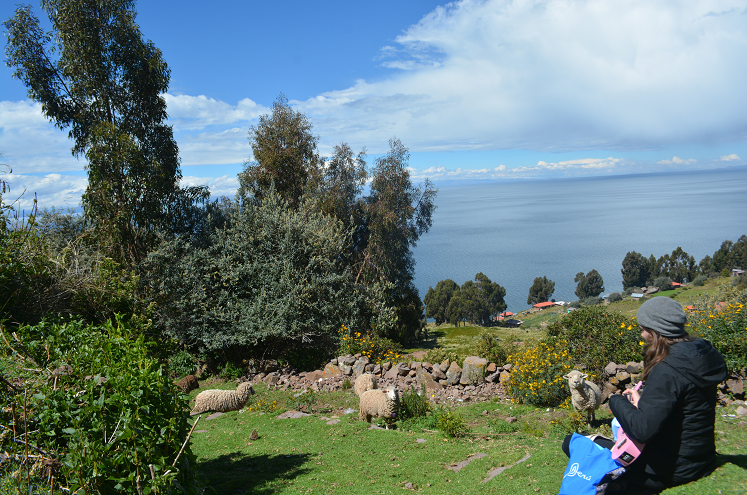
On Friday we got up very early, because we wanted to get to Taquile at 7amJ While we were waiting for the boat we had a quick breakfast and explored the port of Puno. There you can find any sort of craftsmanship, pullovers, guitars, etc. At 8am sharp we left the port to Taquile Island. In case you are planning to do this trip, keep in mind that you will need the whole day for it.
Once at the Uros, as our first stop, we explored the place and observed the healing atmosphere of the Lake. After a few sips of tea, we headed to our destination. Finally! Taquile is an island in the middle of the Lake Titicaca: where its charm is lived intensely. As we arrived, we find a lot of islanders with the most colourful dresses, and a spectacular view over the Lake. Did you know that in their weavings the islanders depict their belief systems and culture in complex designs that pay homage to the richness of their ancestral heritage?
We explore the island´s trail and walked from one site to the other. At the highest point we found a small but charming restaurant with a spectacular view. There we ordered “trucha”, quinoa soup, and again, the famous coca tea. While we were eating, we observed the brilliant blue of the water, and together with the scenery, the trees, and the islanders with their colourful and traditional robes, I found myself in a fairy-tale.
Afterwards we explored the island a bit more, took wonderful pictures and headed to Chilcano harbour. On our way back we enjoyed for the last time this wonderful view over Lake Titicaca. Once we arrived in Puno, we warmed us with a tea and then went to downtown for the best Pizza in Peru, until now. This is how this beautiful trip ended.
I really recommend you visit Puno. It is a magical place where you can explore so much. Specially for me, it was a unique experience: for the first time in my live I found myself in a place 4.000 meters above sea level, I made conversations with farmers in Cabana, I visit Uros islands, and ate a lot of fish (and had soroche for the first time in my live). It was a really nice trip, which I will never forget in my life
By Friederike Sophie Foth


